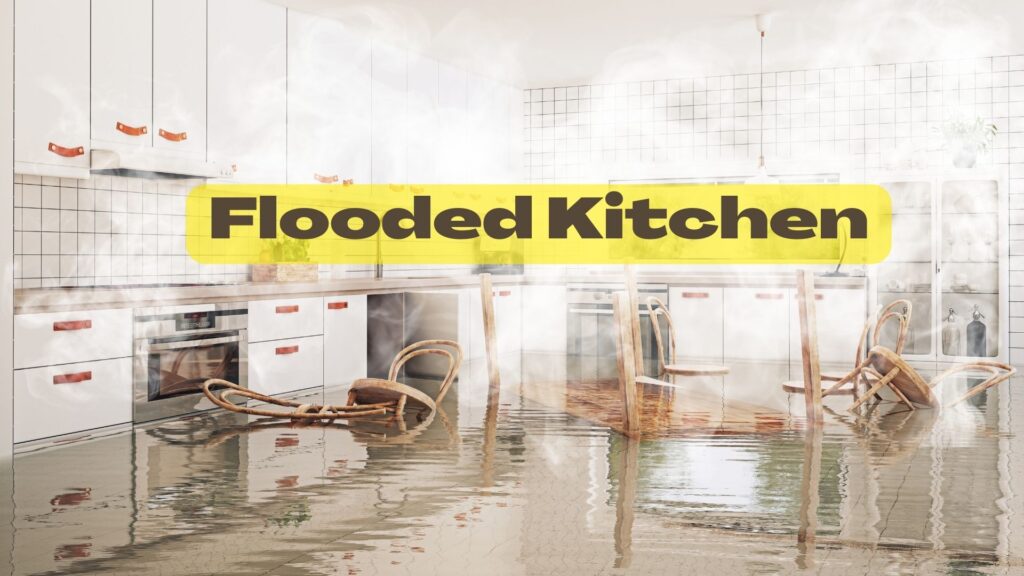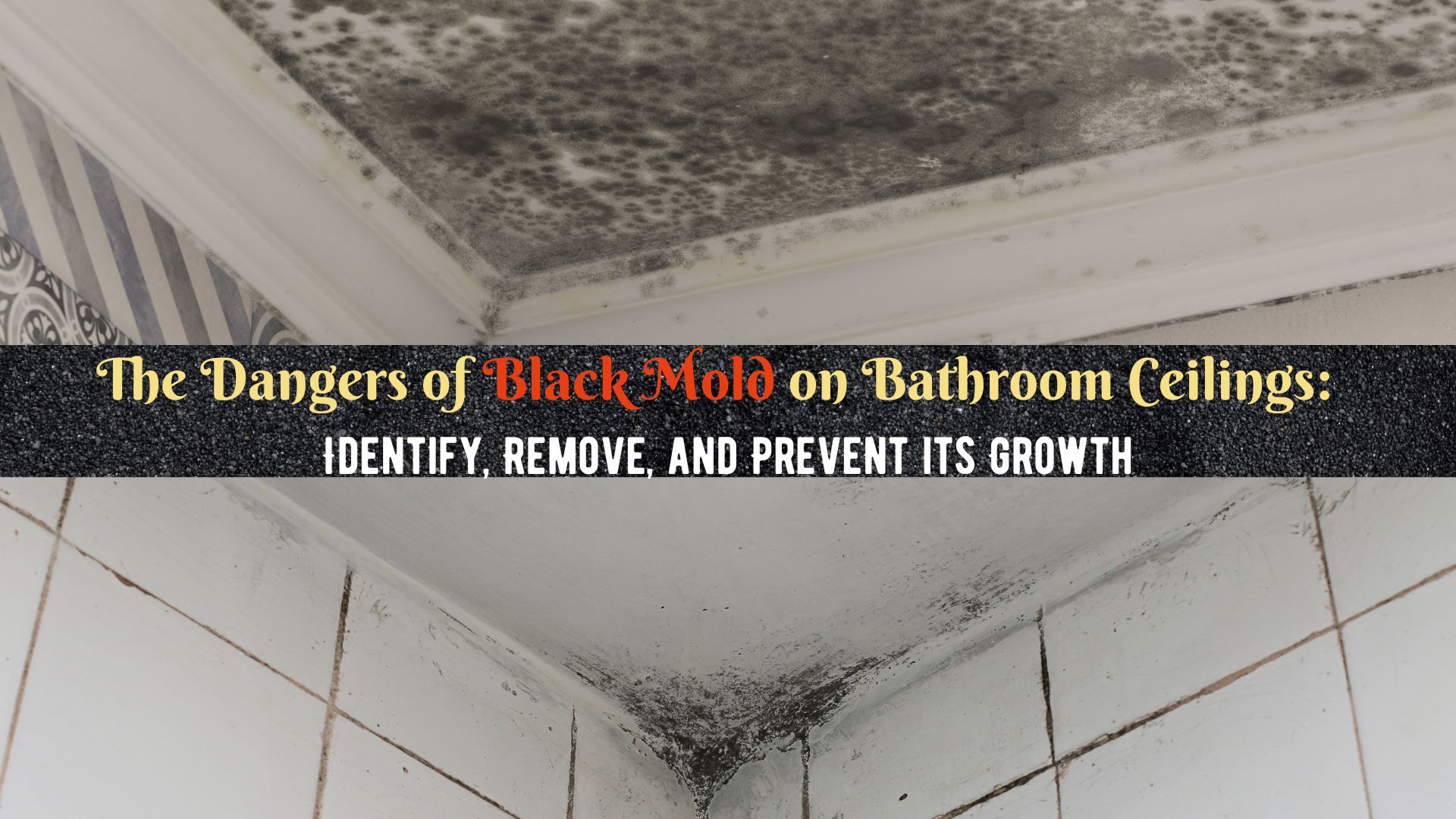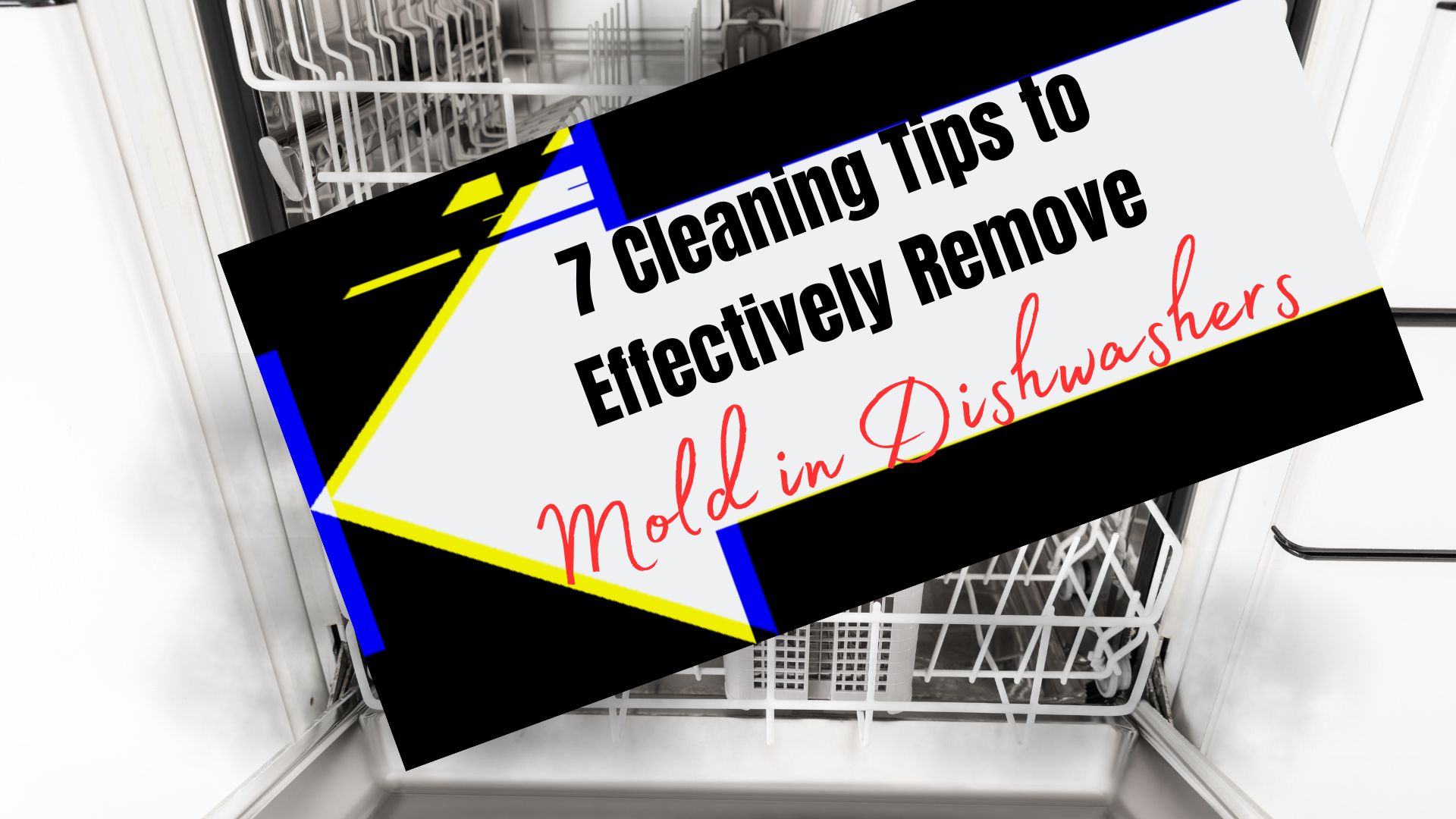
Causes of a Flooded Kitchen
A flooded kitchen is a homeowner’s worst nightmare. It’s messy, stressful, and can cause significant damage to your property if not addressed promptly. Water damage can be caused by a variety of factors, including broken pipes, faulty appliances, and natural disasters. In this article, we’ll discuss some of the causes of flooded kitchens and what you can do to prevent and handle water damage.
One of the most common causes of a flooded kitchen is a broken pipe or a faulty appliance. This can cause water to flow freely into your kitchen, causing significant damage to your floors, cabinets, and appliances. The first step in preventing water damage is to identify the source of the leak and stop it. If you’re not sure where the leak is coming from, turn off your water supply line immediately. This will help prevent further damage until you can call a professional to fix the problem.
Flooded Kitchen: 7 Steps to Take
If your kitchen is flooded, the first thing you should do is to ensure your safety and the safety of those around you. Here are the steps you should take:
- Turn off the power: If there is any electrical equipment in your kitchen, turn off the power supply immediately. This will prevent electrocution.
- Turn off the water supply: If the flooding is caused by a burst pipe or a malfunctioning appliance, turn off the water supply to your kitchen to prevent further damage.
- Remove standing water: Use a wet/dry vacuum cleaner or a bucket to remove as much standing water as possible. The faster you remove the water, the less damage will be done to your kitchen.
- Remove any movable items: Move any movable items like furniture, appliances, and utensils to a dry area to prevent further damage.
- Dry the affected area: Use fans, dehumidifiers, or open windows to dry the affected area. You can also use towels or a mop to absorb any remaining moisture.
- Check for damage: Once the area is dry, check for any damage to the walls, floors, and cabinets. If you notice any damage, take pictures for insurance purposes.
- Contact a professional: If the flooding is extensive or if you are unable to handle the situation yourself, contact a professional water damage restoration company to assess the damage and provide necessary repairs.
Remember, safety should always be your top priority when dealing with a flooded kitchen.
Calling Superior Restoration- a Water Damage Restoration Company
In some instances, water damage can lead to mold growth. If you notice mold in your kitchen after a flood, it’s important to call a restoration professional immediately. They have the expertise and equipment to remove mold and prevent it from spreading.
It’s also necessary to contact your insurance company as soon as possible. They can provide guidance on what to do next and help you file a claim for any damages.
In conclusion, a flooded kitchen can be a stressful and overwhelming experience. However, by knowing what to do and taking the necessary steps to prevent and handle water damage, you can minimize the impact on your home and family. Remember to always turn off the water supply line and electricity, remove any standing water, and Water Damage Corona.




